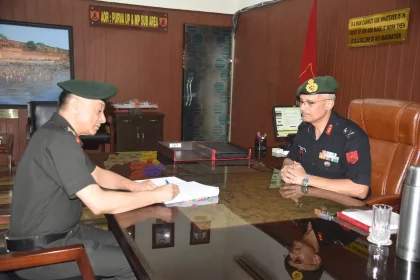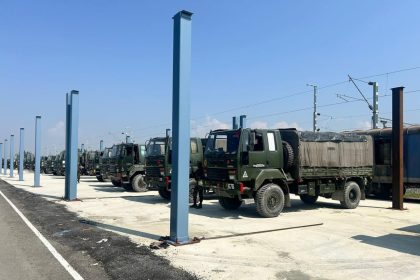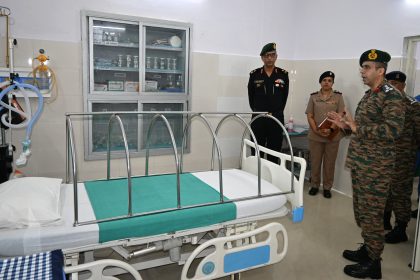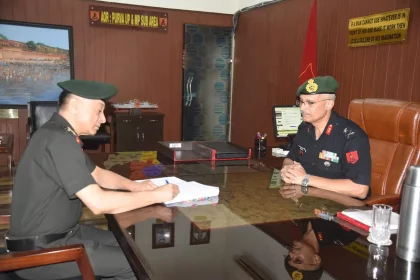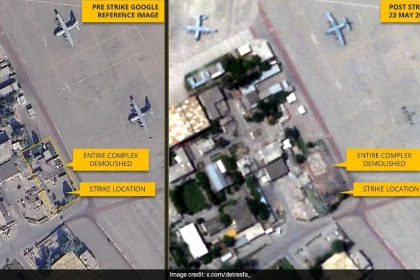Major General Amit Singh Sohal Assumes Command at Prayagraj Military Station in Dignified Ceremony
Addressing the troops, he emphasized upholding the highest standards of professionalism, integrity, and dedication.
Jungle Warfare School to Come Up in Chhattisgarh’s Red Corridor
In a major push to strengthen counter-insurgency capabilities, the government has approved the establishment of a Jungle Warfare School at…
Indian Army Launches First Exclusive Freight Train on Udhampur–Srinagar–Baramulla Rail Link
Army’s First Freight Train Boosts Winter Readiness and Kashmir’s Apple Trade.
New Burns Centre Inaugurated at Military Hospital Jhansi to Boost Specialized Care
First-of-its-kind facility to provide specialized burn care for soldiers, veterans, and families in Central India.
Major General Amit Singh Sohal Takes Command of Purva UP & MP Sub Area
Major General Amit Singh Sohal Takes Charge as GOC Purva UP & MP Sub Area in Prayagraj.
Pakistan Confirms Indian Strike on Nur Khan Airbase with Spice-2000 Bombs
Pakistan Admits Indian Precision Strike on Key Airbase, Citing Severe Damage.

